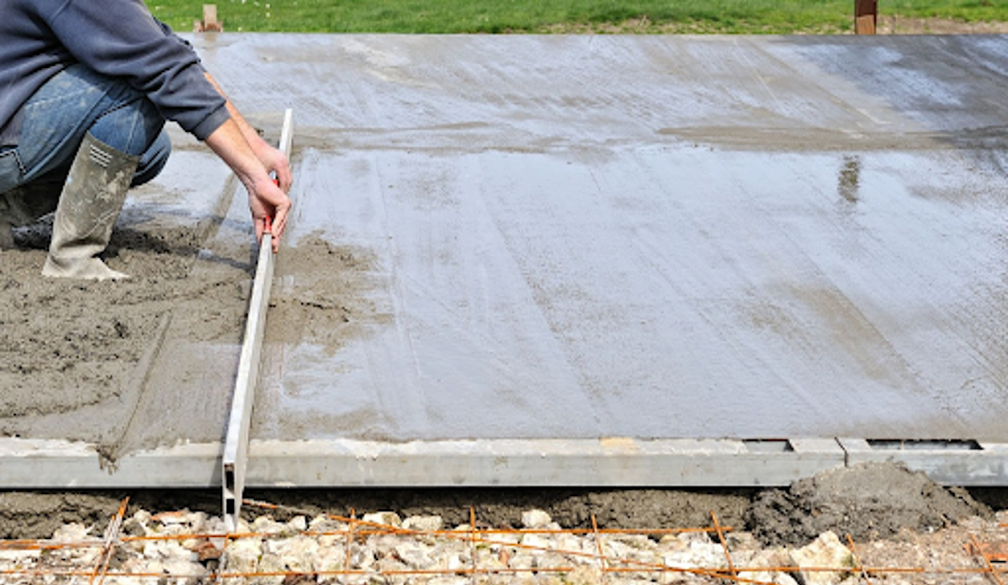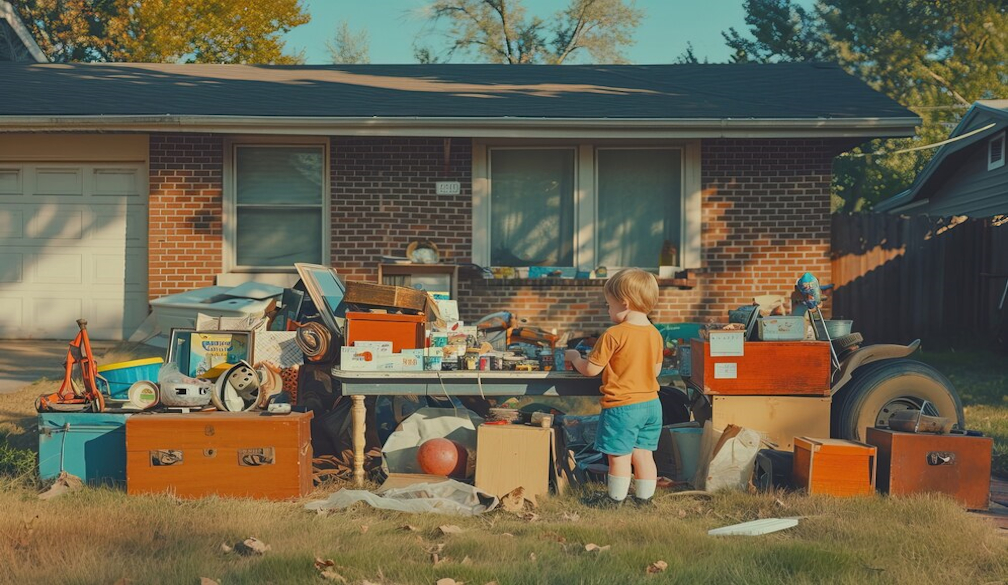Veteran Property Expert’s Advice for First Home Buyers in Brisbane’s Cutthroat Market

Andrew Mackintosh is a leading property expert in the still booming Brisbane market. He’s also the author of the First Home Buyer’s Guide, a practical handbook for making a savvy investment and avoiding the money pits when buying in Brisbane. He prepared this advice for first timers trying to navigate this terrible market.
So, you’re a first home buyer and you've saved enough cash to get your foot in the door of Brisbane home ownership. Even if you do manage to find a property that’s on the market for $500,000 or less, you’re taking a leap of faith.
Why compromise is the name of the game for first home buyers
In a perfect world, you’d embark on the search for your first home with a list of dream suburbs and a ‘money is no object’ mantra. The reality is, if you’re like most first home buyers, you’re limited in what you can afford. You may set out with champagne tastes but you’re going to have to compromise and drink cask wine along the way. That could mean setting your sights a little lower and opting for
-
- a smaller or older house
-
- a less desirable suburb
-
- a longer commute to work or the city
-
- an unrenovated property, or
-
- living closer to commercial or industrial areas.
You need to embark on your search for your first home having already considered the corners you’re prepared to cut and the sacrifices you’re prepared to make. Know your own ‘deal-breakers’ before you even start looking for a property. For example, there’s no point in buying a fixer-upper if you’re not prepared to roll up your sleeves and get your hands dirty doing the work.
Doing the all-important groundwork: Research, research, research
Once you’ve got a realistic picture in mind of the compromises you’re prepared to make, your next step’s research. That means narrowing your search down to a few key suburbs or postcodes and devoting some time to getting your head around the local Brisbane property market. When these bargain-basement properties hit the market, you’ll have next-to-no-time to research the property, so get the groundwork done and get to know the area well before the clock starts ticking. Read up specifically on the potential problems with Brisbane suburbs that interest you.
Engaging in a little bit of crystal ball-gazing
Really getting a feel for a suburb or postcode means knowing what the plans are for the future. That includes getting your head around major developments slated for that area so that you can make an educated guess as to how they might realistically affect property values in the area. Look for things like new schools, shopping centres and rail links. Anything that makes the suburb more liveable or reduces commute time to Brisbane can potentially have a positive effect on real estate values in the area. Areas with great infrastructure and reliable public transport will always be in demand.
Also, look out for nearby suburbs that are heating up as they often have a flow-on effect in terms of bolstering interest and demand for properties in adjacent suburbs.
Knowing the postcode and common problems associated with that area
It’s all very well to know the selling points of the area you’re thinking of buying into. You need to dig even deeper, however, to find the skeletons lurking in its closet. They can come in many shapes and sizes. For example:
-
- Close proximity to industrial plants and areas plagued by heavy traffic congestion can translate to problems such as timber fibrosis or hairy timber.
-
- A home that’s been built within cooee of an old asbestos factory can mean that it’s contaminated with asbestos fibres.
-
- Proximity to the coast can mean an increased risk of corrosion and concrete cancer from exposure to moist, salty air.
-
- Homes built on reactive soils can be at greater risk of structural defects.
Every suburb has a downside. The key is ensuring that you know what you might be getting yourself into and taking steps to minimise the risks.
Knowing the history of your suburb and the environmental factors at play can come in handy for picking up on these seemingly small details. In fact, it’s the little things that can have catastrophic and expensive consequences in the long run!
Know thine enemy
You need to find out as much as you can about the competition. Are you competing against other first home buyers or is your preferred suburb ripe for investment and redevelopment? Is the area open to subdivision? If so, chances are you’ll be competing against potential buyers who have much deeper pockets than you. That can push prices up in an area. It could also mean you’ll be trying to buy an older property that could soon be surrounded by newer, more attractive properties. That could, in turn, make your property less desirable when you put it back on the market a few years down the track.
That kind of information can mean the difference between a savvy renovation and overcapitalising by pouring too much money into a property for little eventual return.
Crunching your numbers
Doing your research when you’re looking for your first home means sitting down and crunching the numbers. Make sure that you know what your financial limits are. It’s not just about the purchase price of the property that you’re considering buying. It’s also the money that you’ve got to put aside or borrow to bring it up to standard. Those costs can include:
-
- repainting or re-carpeting the property
-
- removing asbestos
-
- repairing drainage problems
-
- addressing any structural problems
-
- replacing the wiring, or
-
- extending or reconfiguring the floorplan.
Find out a ballpark figure of how much you can borrow and look for properties that comfortably fit within that budget. Make sure you factor-in the cost of making the property liveable for you.
Knowing when to call in the big guns
You can’t be expected to have the necessary skills and experience to spot a big fat lemon when it hits the market. That’s why it always pays to know when it’s time to get in an expert to carry out your pre-purchase property inspections.
A vendor will often pull out all stops to try and conceal defects in a property. An experienced property inspector knows all the tricks of the trade and can give you comprehensive advice about the true state of the property you’ve set your sights on.
Getting comprehensive property inspections done also means that you’re armed with accurate information as to the extent of any defects in a property and your options for rectifying them. They can also give you an estimate as to the likely costs. That’s essential when you’re buying on a budget.
When it comes to properties on the market for around $500,000, you need to move quickly and decisively. Get your property inspector on speed dial and invest in the right kind of property inspections before you make the wrong move and land yourself a lemon.








